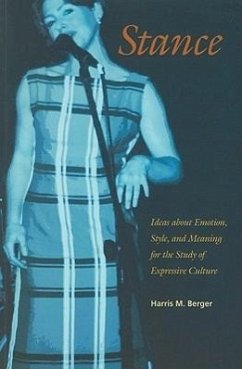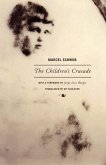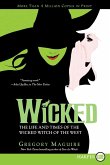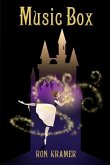Why does music move us? How do the immediate situation and larger social contexts influence the meanings that people find in stories, rituals, or films? How do people engage with the images and sounds of a performance to make them come alive in sensuous, lived experience? Exploring these questions, Stance presents a major new theory of emotion, style, and meaning for the study of expressive culture. In clear language, the book reveals dimensions of lived experience that everyone is aware of but that scholars rarely account for.Though music is at the heart of the book, its arguments are illustrated with a wide range of clear examples-from the heavy metal concert to the recital hall, from festivals to dance, stand-up comedy, the movies, and beyond. Helping ethnographers get closer to the experiences of the people with whom they work, this book will be of immediate interest to anyone in ethnomusicology, folklore, popular music studies, anthropology, or performance studies.








